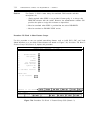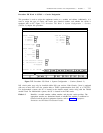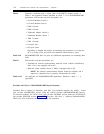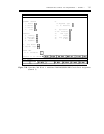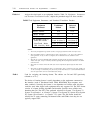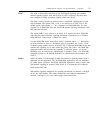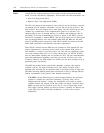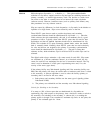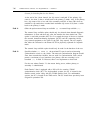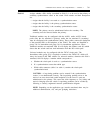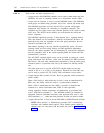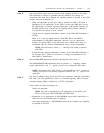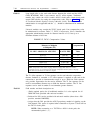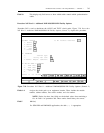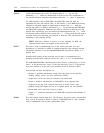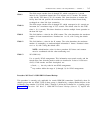
7-60
ADMINISTRATION OPTIONS AND REQUIREMENTS — GENERIC 2
Criteria for Switching Back to the Primary
Field 11
Field 12
At the end of the 1-hour interval, the slip count is analyzed. If the primary slip
count is less than 2, then a switch back to the primary is made. Also, if the primary
has a slip count of 44 or less and if the secondary and 50% of those DS1s that are
enabled for slip enable have reached their maximum slip count of 88, then a switch
back to the primary is made.
Offers the options external loop not available (0) or external loop available (1).
The external loop available option should only be selected when demand diagnostic
maintenance is done and then only after the interface has been busied out. This
option is used with procedure 620, Test 2 to extend the range of the test to include
the network channel-terminating equipment (NCTE) and the connecting facility
(any external equipment to the point of the DS1 loop around). The test requires
that either the colocated or the distant NCTE be physically optioned for loopback
mode.
The external loop available option should only be used for the duration of the test.
Specifies whether (1) or not (0) the associated T1-span is used as an incoming
synchronization source to the switch. The network synchronization diagram should
show those transmission facilities that are used for synchronization. Each switch
permits a maximum of two interfaces (one primary and one secondary) to be
translated (1) in field 12. However, there is no requirement to have both.
For the case where Generic 2 is the master timing server, neither primary or
secondary is administered.
Each Generic 2 that is equipped with a DS1 will also contain a TN463
synchronization clock (SC). For single-module systems, the SC is located in the
module control carrier along with the TN460 module clock. For multimodule
systems, the SC is located in the TMS carrier. The SC should have previously been
assigned in procedure 250.



